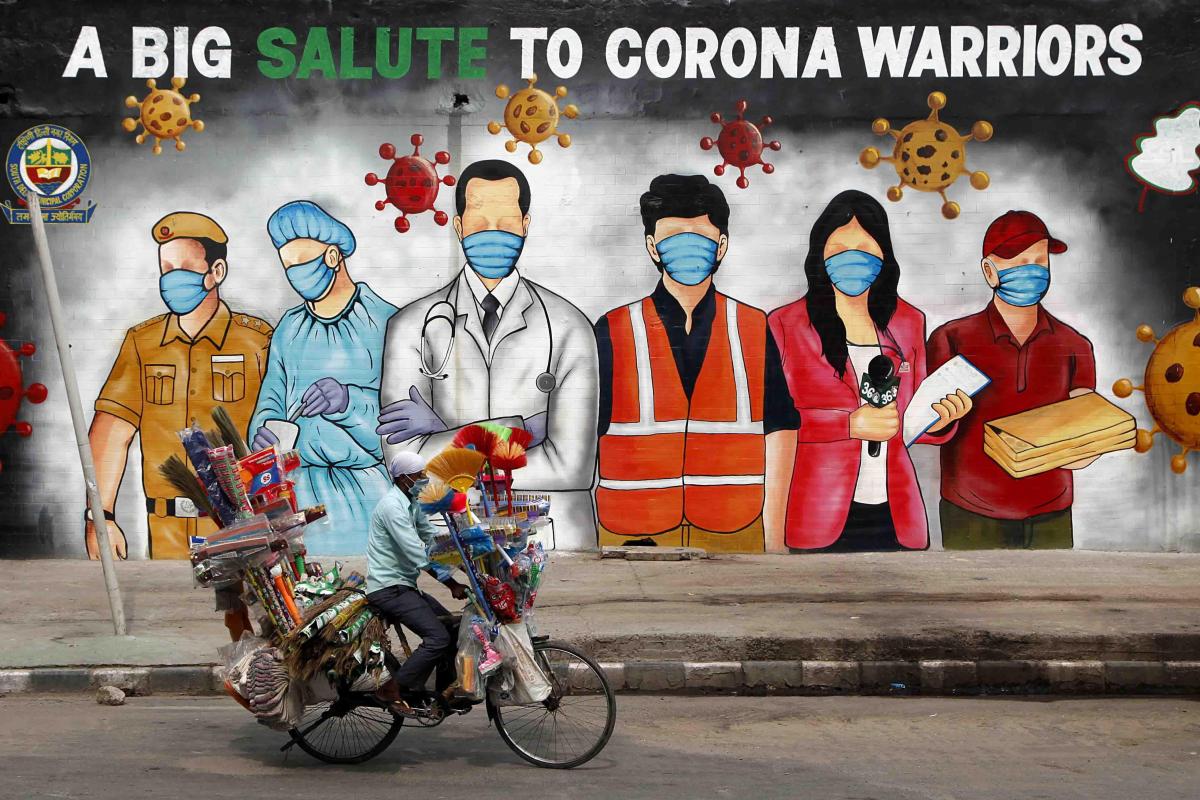The government needs stringent standards for how states report Covid-19 testing.
Ms. Blauer is the executive director of the Johns Hopkins University Centers for Civic Impact. Dr. Nuzzo is an associate professor of epidemiology at the Johns Hopkins Bloomberg School of Public Health.

The United States is more than eight months into the pandemic and people are back waiting in long lines to be tested as coronavirus infections surge again. And yet there is still no federal standard to ensure testing results are being uniformly reported. Without uniform results, it is impossible to track cases accurately or respond effectively.
We test to identify coronavirus infections in communities. We can tell if we are casting a wide enough net by looking at test positivity — the percentage of people whose results are positive for the virus. The metric tells us whether we are testing enough or if the transmission of the virus is outpacing our efforts to slow it.
If the percentage of tests coming back positive is low, it gives us more confidence that we are not missing a lot of infections. It can also tell us whether a recent surge in cases may be a result of increased testing, as President Trump has asserted, or that cases are rising faster than the rate at which communities are able to test.
But to interpret these results properly, we need a national standard for how these results are reported publicly by each state. And although the Centers for Disease Control and Prevention issue protocols for how to report new cases and deaths, there is no uniform guideline for states to report testing results, which would tell us about the universe of people tested so we know we are doing enough testing to track the disease. (Even the C.D.C. was found in May to be reporting states’ results in a way that presented a misleading picture of the pandemic.)
Without a standard, states are deciding how to calculate positivity rates on their own — and their approaches are very different.
Some states include results from positive antigen-based tests, some states don’t. Some report the number of people tested, while others report only the number of tests administered, which can skew the overall results when people are tested repeatedly (as, say, at colleges and nursing homes).
At one point in the spring, Texas, Virginia and Vermont were accused of reporting their data so that it inflated the scale of their testing programs and made it impossible to determine how many active infections they were probably missing. The problem has since been corrected.
Only seven states and the District of Columbia report testing data by race and ethnicity — indicators that can often point to virus trouble spots in some of the nation’s poorest communities. Many states have also changed how and when they report their testing data. This has led to wild swings in reported test positivities that have nothing to do with the virus’s spread.
Last week, the governor of New York and the mayor of New York City disagreed on whether a threshold of 3 percent positivity had been breached in the city. The mayor said it had and closed the schools; the governor said it had not. “The cause of the discrepancy,” according to The Times, lay “in both the tests that are included and the time frame in which statistics are reported.” This inconsistency can be the difference between shutting down schools and indoor dining, for instance, or not.
Inconsistent data also limits how reliably positivity can serve as an early warning about demand for hospital beds and medical equipment. Making informed comparisons between states requires having similar data to compare.
Alfonso
Covid-19 South America Expert



